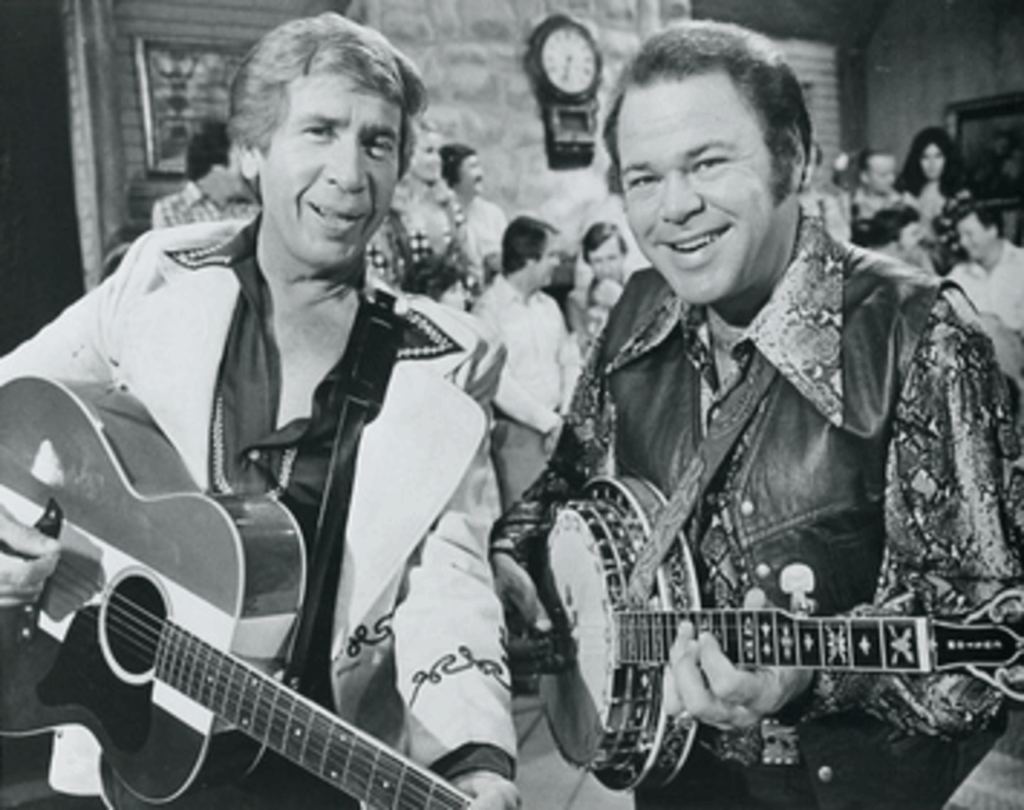
A Lonesome Streetlamp Flickers on Heartache’s Boulevard
First recorded in 1955 and released on Capitol Records, “Down on the Corner of Love” marked one of the earliest commercial outings for Buck Owens, the man destined to become the Bakersfield Sound’s most ardent torchbearer. Though it did not chart upon release, this song was no mere footnote—it was a preview of the raw, unvarnished emotional power that would define Owens’ career. Later included on compilations such as “The Fabulous Country Music Sound of Buck Owens”, this track stands today as a haunting, formative moment in a genre too often smoothed into polish and perfection.
Set against a slow, plaintive waltz, “Down on the Corner of Love” captures the essence of country music at its most elemental: one man, his broken heart, and the cold, indifferent streets that mirror his sorrow. Written by Owens himself, the song showcases a lyrical vulnerability that belies his later reputation as a honky-tonk jokester with a twang in his step. Here, there are no winks, no playful harmonies—just despair, delivered in a voice still unweathered by fame but already etched with loneliness.
The corner in question is more than a geographic point—it is a symbolic place where heartbreak resides, where memories loop like flickering neon signs, and where the ache of unreciprocated love is both punishment and companion. Owens sings from this emotional outpost with startling simplicity: “I come here every night and wait till you come in / You stay just long enough to touch me with your grin.” The lines do not require ornate metaphor; they’re devastating in their directness. The act of waiting becomes ritual, an altar to hope and humiliation alike.
Musically, the song hints at the sonic contours that would later define the Bakersfield Sound—lean instrumentation, sharp-edged guitar licks (though still embryonic here), and a rhythmic clarity absent from the lush orchestration of Nashville’s contemporaneous output. One can sense Owens listening intently to the rhythms of his own heartache, learning how to carve space for emotional truth within a musical form that too often obscured it.
In retrospect, “Down on the Corner of Love” is more than an early single—it is an artistic statement of intent. While it lacked commercial impact at the time, its emotional resonance has endured. It laid bare Owens’ ability to turn personal pain into universal poetry, and it gave voice to those who have stood on their own lonely corners, watching love drift past like headlights in the dark.